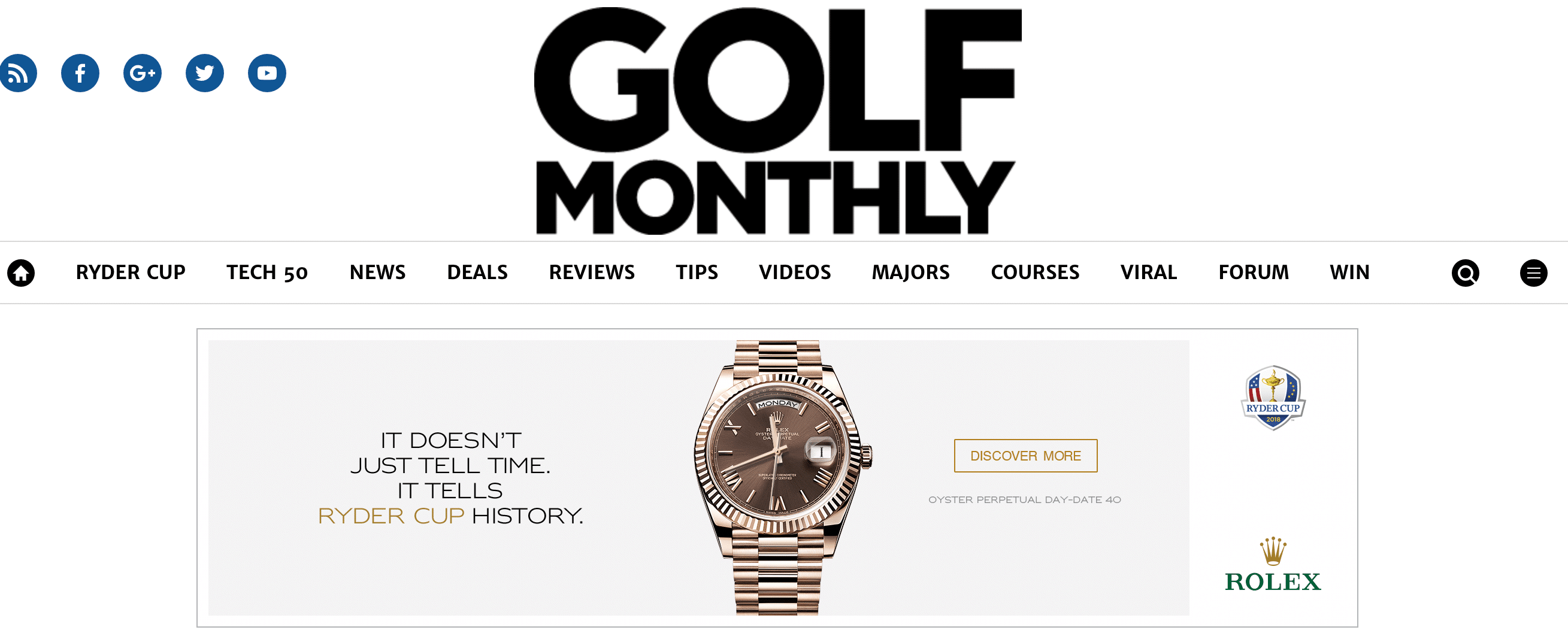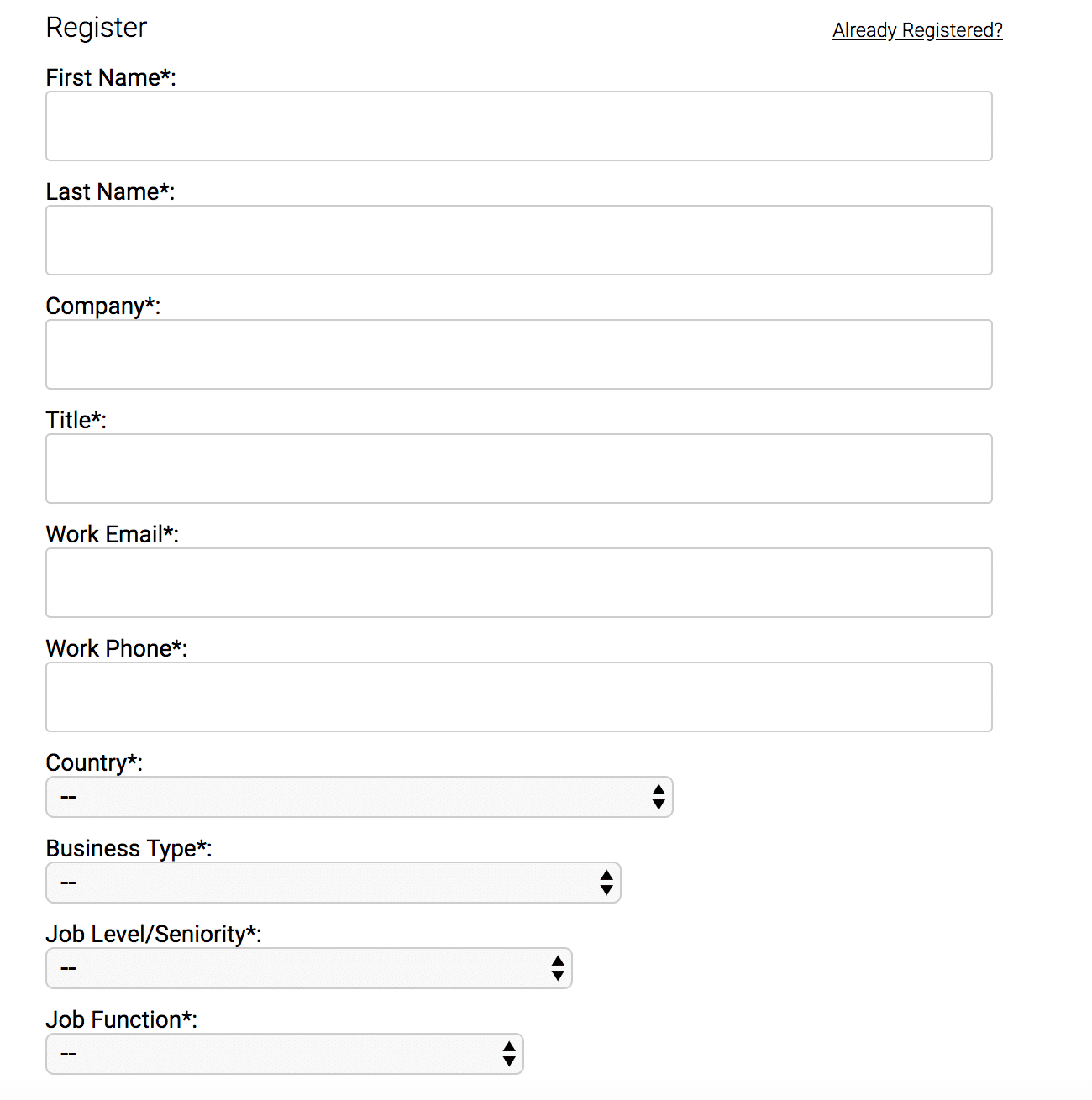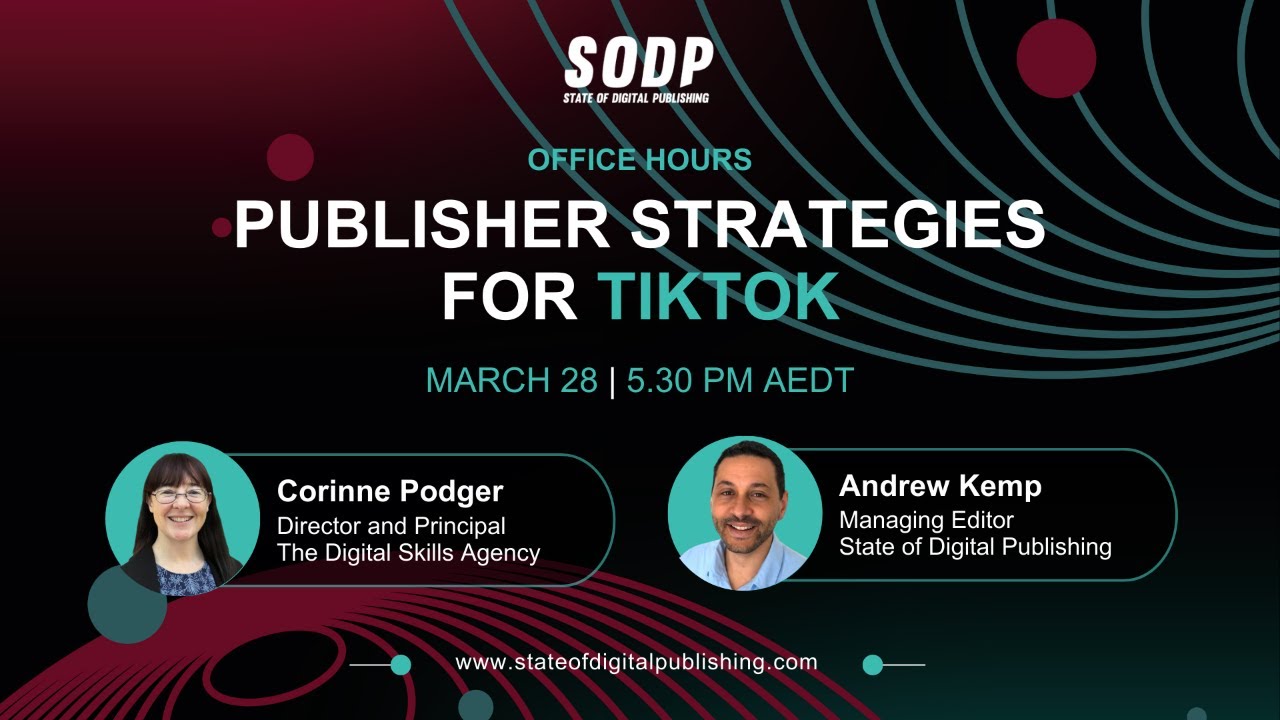Do you struggle to drive traffic to your website, and suffer from low engagement rates on content do you get eyeballs to? You’re not the only one, but a poor plan of action isn’t a great way to boost your marketing productivity.
It’s hard to drive people to your editorial, but even harder to make them stick around–especially when the average person spends just 37 seconds reading a piece of online content (although some disagree).
Luckily, there’s a hack you can use to solve this dilemma: Personalization.
57% of marketers who use personalization say they increased visitor engagement, and 96% praised how the tactic helped to advance customer relationships.
Fancy getting in on the action?
Here’s how you can use personalization to increase engagement and audience retention for your digital publication:
Why should publishers use personalization?
There are hundreds of techniques that digital publishers can use to keep their audience sticking around. If you’re questioning why personalization should be the one built into your marketing strategy, here’s your answer:
Personalization, and proving you’re genuinely interested in your site visitor, increases engagement rates.
In fact, a report by Loyalty 360 discovered that 74% of customers feel frustrated when website content is not personalised–meaning you could be doing a disservice to a huge chunk of your audience if you’re not going above and beyond to tailor the content you’re providing.
If you’re able to keep people on-site for longer periods of time, it’s bound to help you meet your editorial goals–whether that’s:
- Securing bigger advertising placements
- Selling more editorial subscriptions
- Generating a loyal community around your publication
- Experiencing a high return on your ad spend
4 simple ways publishers can use personalization
Are you convinced on the power that personalization holds, yet?
Use these four tactics to personalize your editorial content to increase engagement, and meet your content goals:
1. Show personalized ads based on content being viewed
You can’t report on excellent results to the brands already advertising on your site if people aren’t engaging with them. The same goes for any Google display placements you’ve got.
That’s not rocket science. But, personalization can be your solution.
You’re able to encourage your audience to engage (and potentially buy) through on-site advertisements by showing personalized ads that are tailored to the content they’re viewing.
For example: If someone’s browsing a piece of content on how businesses can manage their cash flow, display an advert from an accounting software–not a dog food business. Why? Because it’s more relevant, and tailored to a pain point they’re likely to have.
Golf Monthly put this into practise on their website. Here’s an article on the Ryder Cup, and an advertisement from Rolex (who sponsor the event):
71% of consumers said they’d prefer ads that are tailored to their personal interests and shopping habits.
Plus, 57% say they’d click on a general ad for a brand they know versus 70% if it’s personalized–proving it’s a powerful way to boost engagement rates on advertisements and report excellent results to your advertisers.
2. Gate premium content behind optimized forms
You shouldn’t be giving all of your content away easily, even as a digital publisher.
Premium content–like exclusive reports, original research or webinars–should be gated behind content that has well-optimized forms. Why? Because it’s an easy way to gather information on your existing users that you can use to power your personalization attempts later.
If you’re questioning why I mentioned you’ll need well-optimized forms, it’s to encourage people to fill it in.
Over half (57%) of consumers are okay with providing personal information as long as it’s for their benefit, and being used in a responsible way. But overfacing your customers with several fields and a confusing layout might put them off. That won’t do any favors for your engagement or retention rates–nevermind collect their data.
You can optimize your forms by:
- Limiting the number of fields
- Using image select questions
- Recommending auto-fill
- Enabling social log-in
- Experimenting with form layouts
Just take a look at this example on AdWeek’s gated webinar:
Although there are several forms required to access their webinar, they’re collecting tons of valuable information on the person about to watch it, which they can use for further personalization.
Remember: You need to collect data before you can use it to your advantage!
3. Encourage repeat views with segmented emails
Did you know that personalized email messages improve click-through rates by an average of 14%? Use the information you collected from form submissions to encourage people to get back to your site–whether that’s to read a new article or download another piece of premium content.
Software like ConvertKit and MailChimp allow publishers to segment emails based on their audience’s previous behavior. For example, you could:
- Redirect them to a new marketing blog post if they’ve clicked a marketing-related link in their previous email.
- Encourage them to sponsor your publication if they’ve visited your sponsorship page.
- Automatically sending personalized emails on someone’s birthday, and giving exclusive access to an upcoming piece of premium content.
Following this segmentation process before hitting the “send” button on your email campaigns allows you to send content you know your audience will be interested in, based off their previous behavior.
Here’s how the HubSpot Academy encourages me to head back to their website through a segmented email:
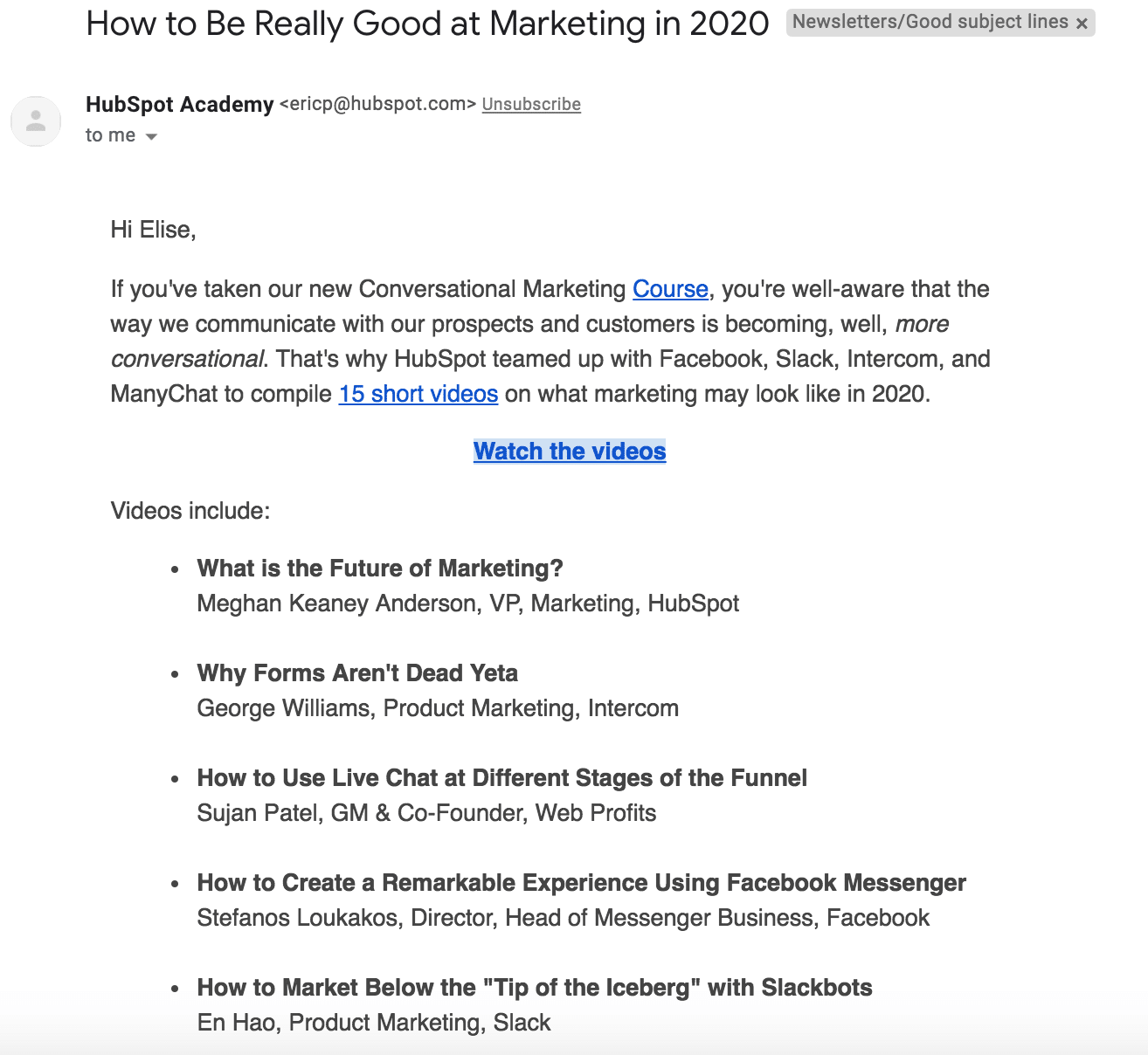
That’s great for their audience retention, making their content more accessible, and boosting boost engagement rates on their new piece of content. Account-Based Marketing is the evolving practice to really help do this in scale.
4. Use personalized interactive content
Interactive content is a piece of content that gets people to do something, rather than read it. It can take many forms–including quizzes, calculators or interactive infographics–but should form a strong part of your publications’ marketing strategy.
Content from our partners
That’s because interactive content an effective way to personalize the content you’re providing to your audience.
Just take The New York Times’ mortgage calculator, for example:
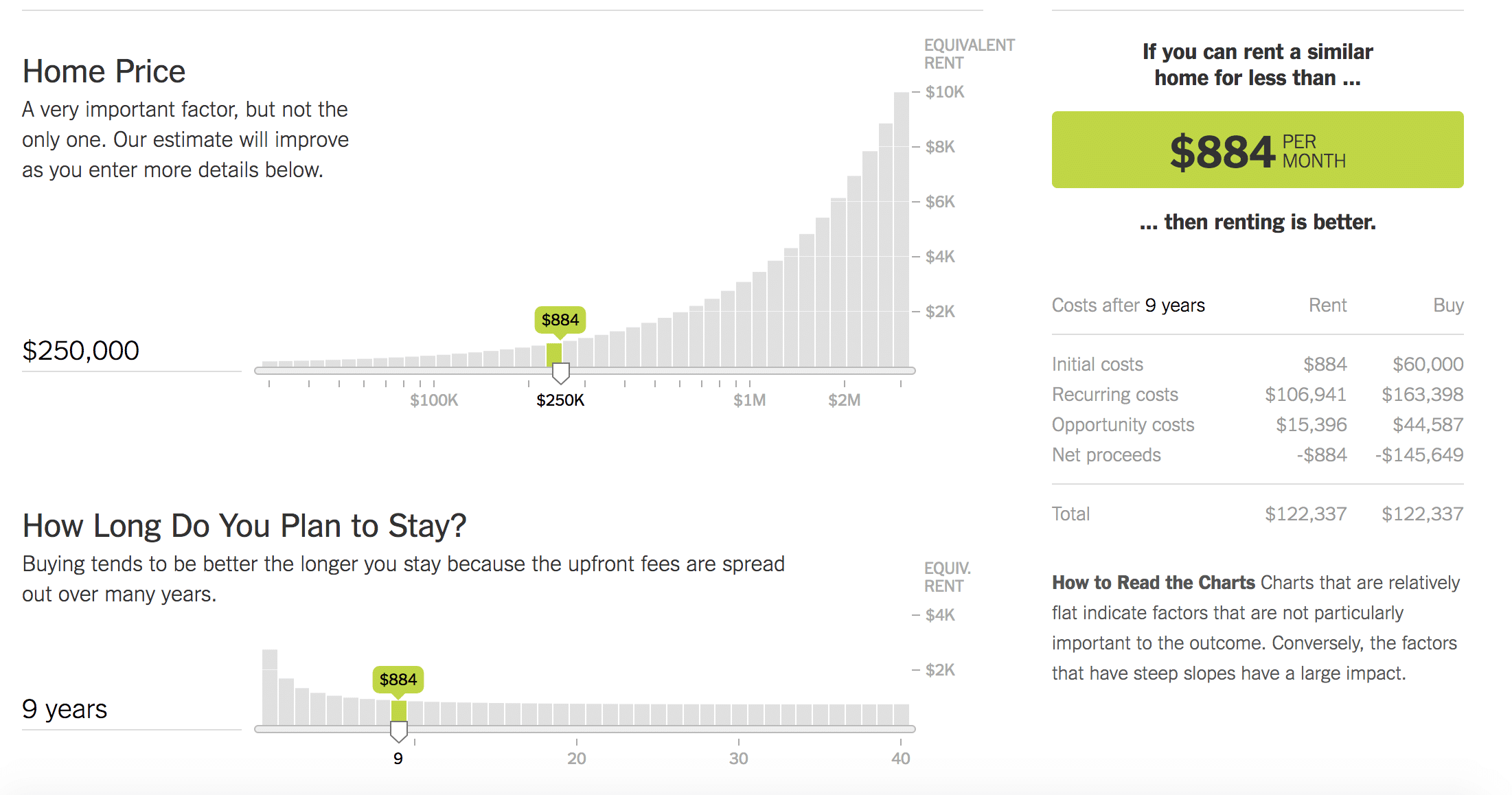
You can put this into practise by building a piece of interactive content around a pain point your audience has.
For example: If you’re a publication that writes about coffee, your audience of might struggle to make the perfect brew. Why not create a piece of interactive content that tells them how to make the perfect cup of coffee based on the equipment they have at home?
79% of marketers say interactive content has reusable value, resulting in repeat visitors and multiple exposures. You’d be missing out by not allowing it a place on your website.
Final thoughts
Now you’re fully in-the-know about how you can use personalization to increase engagement and audience retention on your digital publication, it’s time to get started.
Remember to focus on your audience, and make your data collection process GDPR-compliant. Full disclosure on lead magnet forms is the best way to avoid landing a hefty fine–and upsetting your audience, too.
Granted, personalization can be tricky if you have thousands of monthly visitors, but the options (and benefits) are endless.
I can’t wait to see what you come up with!



